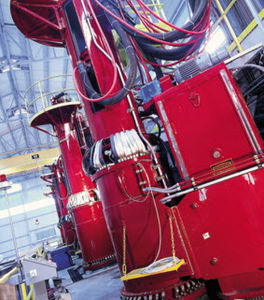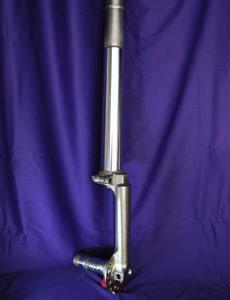
- Production - Materials - Metrology
- Materials - Semi-finished products
- Titanium rod
- QuesTek Innovations LLC
Titanium alloy rod QuesTalloy™Ti 6242aerospace
Add to favorites
Compare this product
Characteristics
- Form
- rod
- Type
- Ti 6242
- Other characteristics
- aerospace
- Mechanical resistance
Min.: 141,200 psi
Max.: 173,900 psi
- Typical elongation
4.8 %, 10.5 %, 13 %
Description
QuesTek applied its Materials by Design methodology to computationally design and develop three castable titanium alloys under U.S. Army-funded SBIR Phase I and II programs to incorporate lower-cost raw materials and exhibit greater strength and/or ductility than Ti-6-4.
The alloys have demonstrated improved strength and toughness over traditional Ti-6-4 when processed via additive manufacturing routes, specifically Electron Beam AM at Sciaky. Please contact us if interested in evaluating out Ti alloys for additive.
Formal results will be published at AeroMat 2016.
Three new titanium alloys tentatively named QT-Ti-1A, QT-Ti-2A, and QT-Ti-2B were designed for both performance and economy, by:
capturing the benefits of near-net-shape casting for manufacturing;
containing less vanadium than Ti-6-4;
having higher tolerance to oxygen and iron than Ti-6-4;
being able to use significant amounts of Ti-6-4 scrap as input stock.
QT-Ti-1A (see blue star below) offers ~25 ksi greater UTS and ~2.5% greater elongation than cast Ti-6-4 (i.e. to “QT cast Ti-6-4” which was produced in the same manner as the three new alloys). QT-Ti-1A is expected to be the first of these alloys to be commercialized, and can be considered for example to:
replace cast Ti-6-4 to increase a part’s durability or reduce its weight;
replace wrought Ti-6-4 to reduce costs; or
replace Ti-6242 in high-temperature applications to reduce costs.
Catalogs
No catalogs are available for this product.
See all of QuesTek Innovations LLC‘s catalogs*Prices are pre-tax. They exclude delivery charges and customs duties and do not include additional charges for installation or activation options. Prices are indicative only and may vary by country, with changes to the cost of raw materials and exchange rates.





